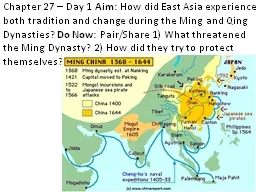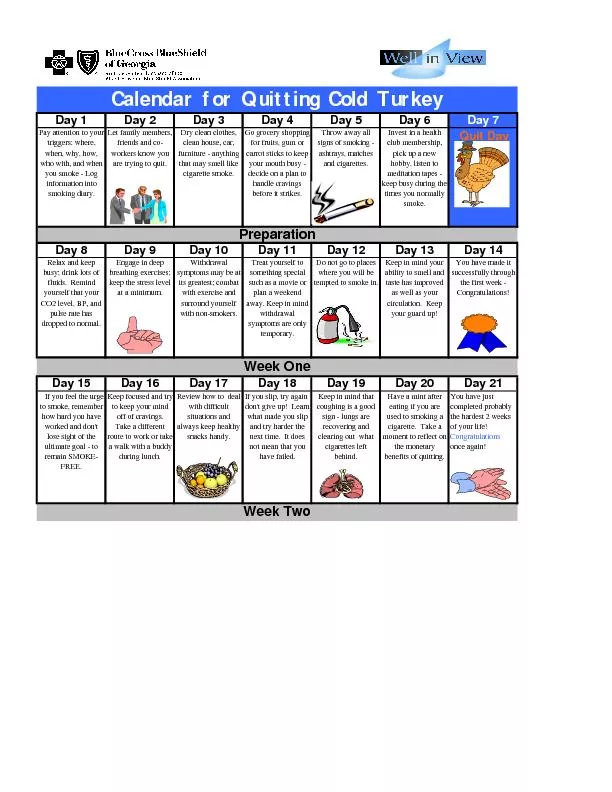PPT-Chapter 27 – Day
Author : liane-varnes | Published Date : 2016-05-04
1 Aim How did East Asia experience both tradition and change during the Ming and Qing Dynasties Do Now PairShare 1 What threatened the Ming Dynasty 2 How
Presentation Embed Code
Download Presentation
Download Presentation The PPT/PDF document "Chapter 27 – Day" is the property of its rightful owner. Permission is granted to download and print the materials on this website for personal, non-commercial use only, and to display it on your personal computer provided you do not modify the materials and that you retain all copyright notices contained in the materials. By downloading content from our website, you accept the terms of this agreement.
Chapter 27 – Day: Transcript
Download Rules Of Document
"Chapter 27 – Day"The content belongs to its owner. You may download and print it for personal use, without modification, and keep all copyright notices. By downloading, you agree to these terms.
Related Documents














